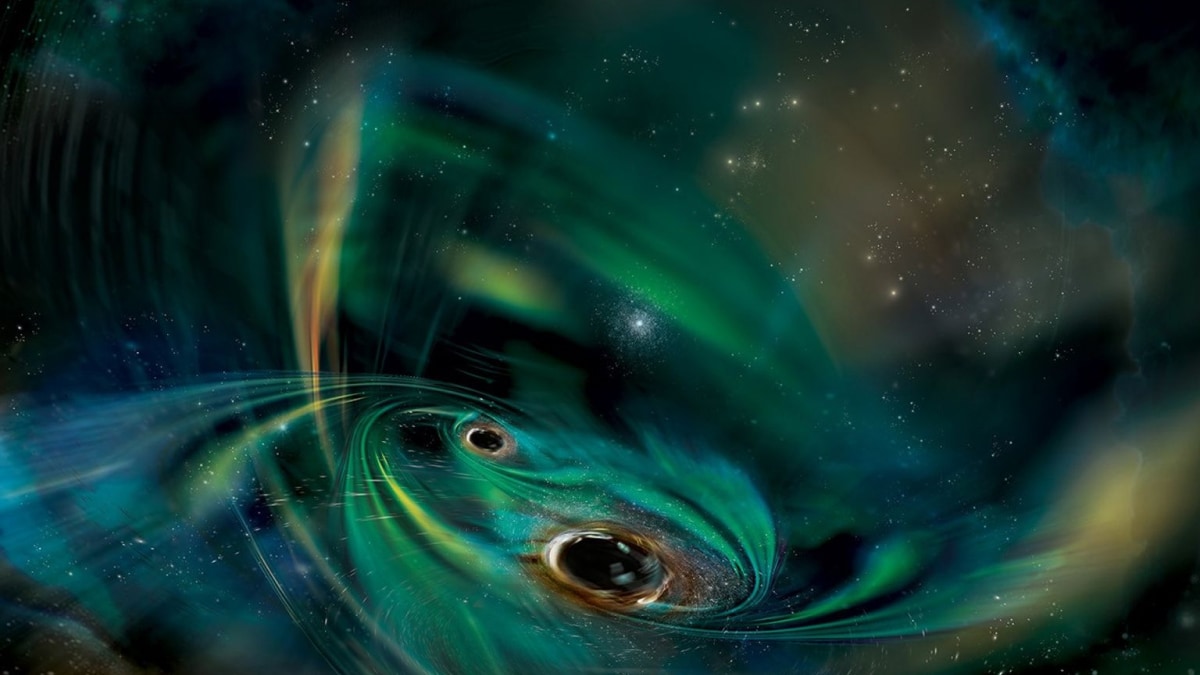NASA's Neil Gehrels Swift Observatory has detected a unique signal from two enormous black holes, locked in a cosmic dance that disturbs a dense gas cloud at the center of a distant galaxy. The phenomenon, known as AT 2021hdr, has sparked considerable interest among astronomers, with researchers observing an unusual cycle of gas disruptions as the black holes orbit one another.
This gas-churning event was first documented in March 2021 by the Zwicky Transient Facility (ZTF) at the Palomar Observatory, California. Led by Dr Lorena Hernández-García, astrophysicist at the Millennium Institute of Astrophysics and the University of Valparaíso in Chile, a study into AT 2021hdr reveals a recurring flare, a pattern that scientists suggest results from the black holes' gravitational influence on a massive gas cloud. The findings, which appear in the journal Astronomy and Astrophysics, describe how these giant objects tug and heat the gas, triggering light oscillations across different wavelengths.
Uncovering the Source of AT 2021hdr
Located in galaxy 2MASX J21240027+3409114, about 1 billion light-years away in the Cygnus constellation, these black holes together possess a mass 40 million times that of the Sun. Their close proximity—just 16 billion miles apart—produces observable light variations every 130 days. This frequency, scientists predict, could eventually culminate in the black holes' merger in approximately 70,000 years.
Initially considered a supernova, the recurring nature of these outbursts led astronomers to reevaluate their assumptions. Dr Alejandra Muñoz-Arancibia, a researcher with ALeRCE and the University of Chile, noted that frequent observations over 2022 helped to develop a more precise understanding of this phenomenon. Since November 2022, Swift's ultraviolet and X-ray observations have aligned with ZTF's findings in visible light, reinforcing the theory of an orbiting gas cloud undergoing a cyclical disturbance by the black holes' gravitational forces.
Future Studies and Implications
This discovery offers a unique perspective on supermassive black hole interactions. Continued studies of AT 2021hdr and its host galaxy—currently merging with another—are expected to provide new insights into galactic evolution and black hole behavior.


